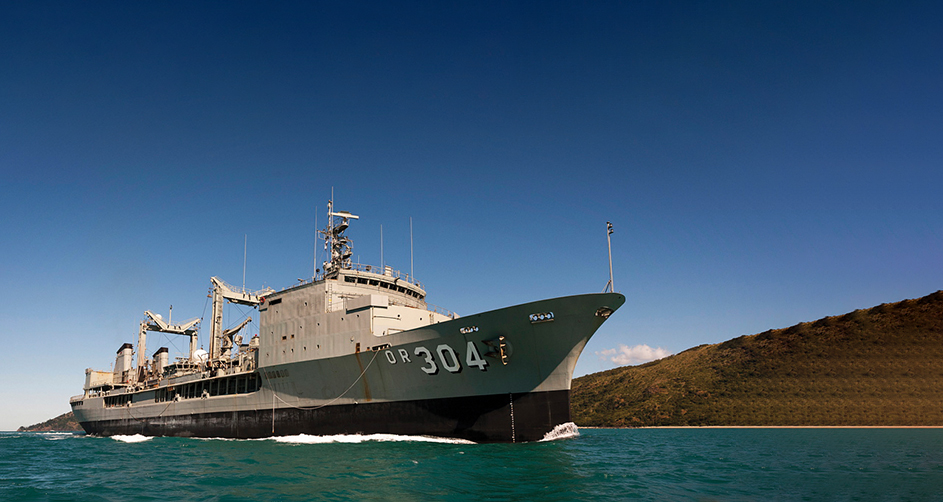At the recent ABDI seminar in Canberra, the Head of Navy Capability, RADM Jonathon Mead AM, RAN provided some interesting insights into Navy’s approach to Defence capability development. His presentation, Industry as a Capability – Capability Development View, highlighted:
- The RAN is about to embark on the most ambitious regeneration of the Navy since World War II.
- Of the five key principles underpinning Navy’s war fighting framework, sustainability and affordability are directly linked to industry as a capability.
- Whilst capability acquisition remains key, a Whole of Life perspective is now paramount.
- Navy’s requirements centre heavily on a sustainable ILS tail.
Jonathon also expressed his view that Navy will continue to be a ‘needy customer’ in regards to capability acquisition. Specifically, he outlined the following:
- Upstream investment: He expects greater Navy engagement and involvement on capability development at Gate 0. Investing upstream will mean increased opportunities for Navy and Industry to collaborate and inform capability decision-making. This should lead to optimised capability and better value, and make delivery easier for Industry.
- Process minimisation: He wants to streamline and minimise process. Navy is currently drowning in it!
- Realistic objectives: He is seeking a tailored approach to capability acquisition. He expects a $20m procurement to be vastly more streamlined than a multi billion-dollar submarine acquisition program.
- Industry partners: He acknowledges that Industry’s role will become increasingly crucial and Navy is seeking reliable and sustainable industry partners.
- Cost: His focus is total cost of ownership. Trade-offs will occur. As Head of Navy Capability, he will closely evaluate capability allocation to Navy and trim as necessary to drive down cost.
As an example, Jonathon cited the recent addition of the ADV Ocean Protector to Australia’s maritime border protection capability. A 3-month objective was set for capability acquisition and deployment under the new capability process. During this time, Navy had to identify the capability, get funding approved, complete modifications and liaise with other Government departments. The Ocean Protector went to sea on 31 January 2016, slightly over the 3-month target. Jonathon’s view is that would have taken 3 years under the previous capability process.
It is clear there are significant challenges. There are many underperforming Navy programs, greater transparency and efficiency is necessary, Defence culture requires transformational change and workable key drivers for a long lasting Defence and Industry partnership need to be progressed. However, it is refreshing to see the Government, Defence policy makers, Academics and Industry talking up the recent changes. There now seems to be alignment on the way forward and agreement on the changes, challenges and risks that need to be addressed.

